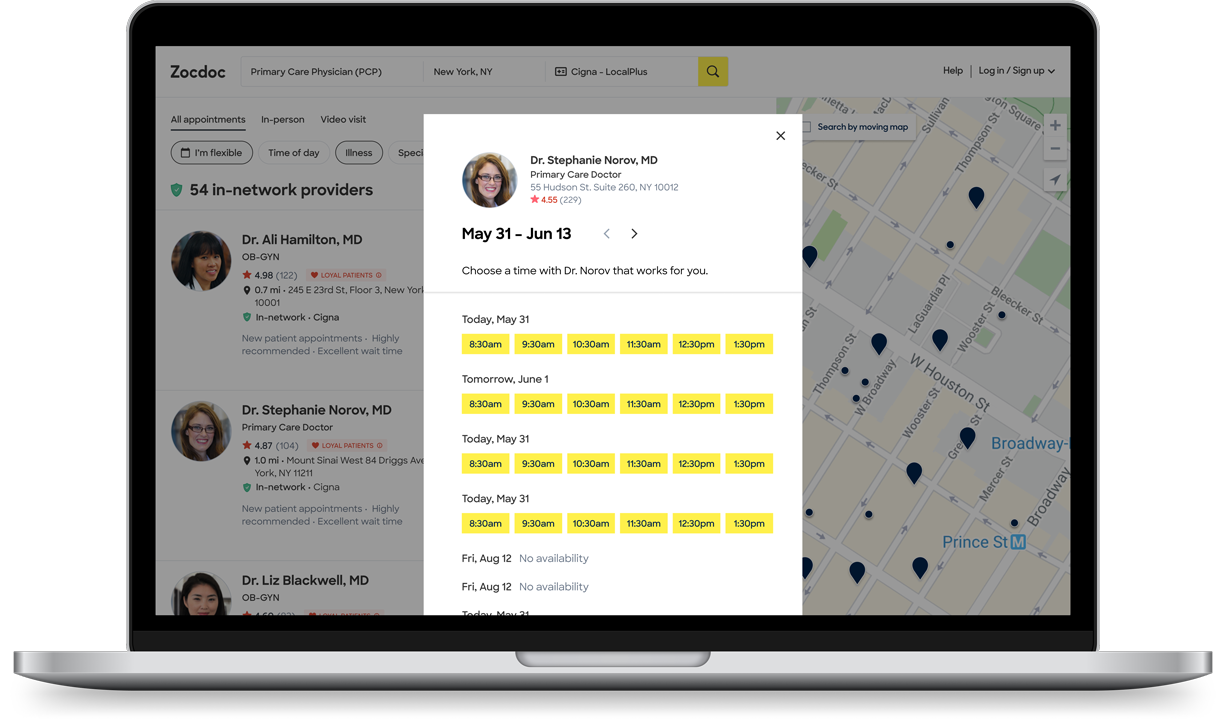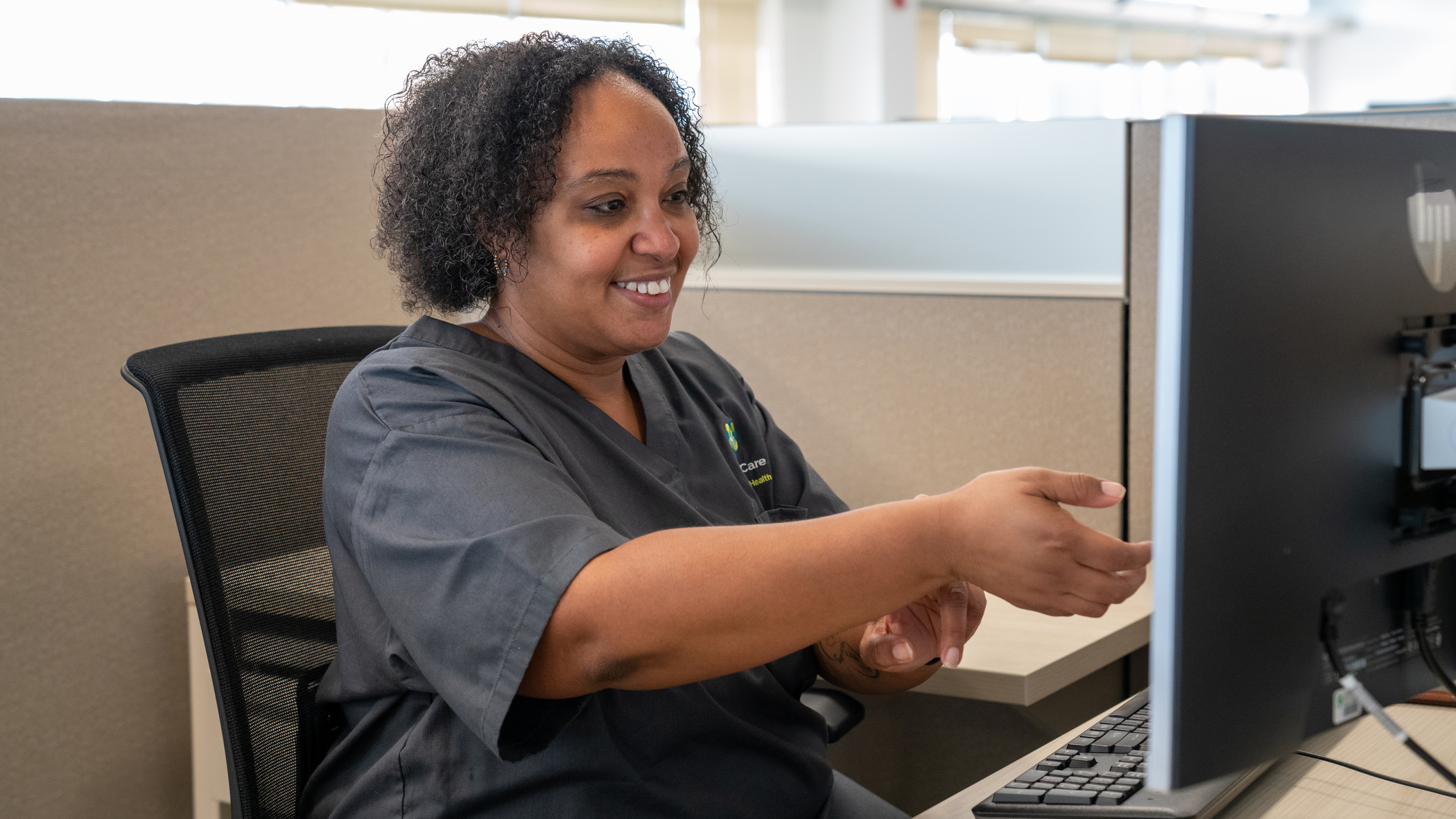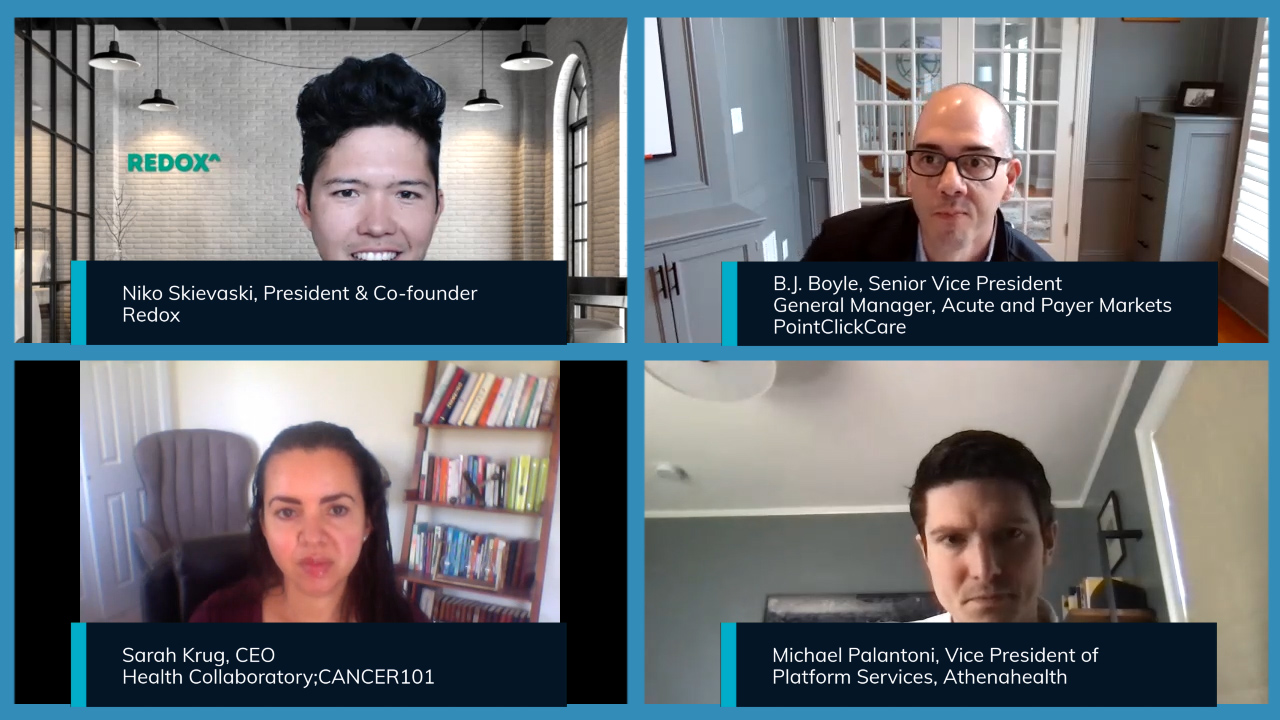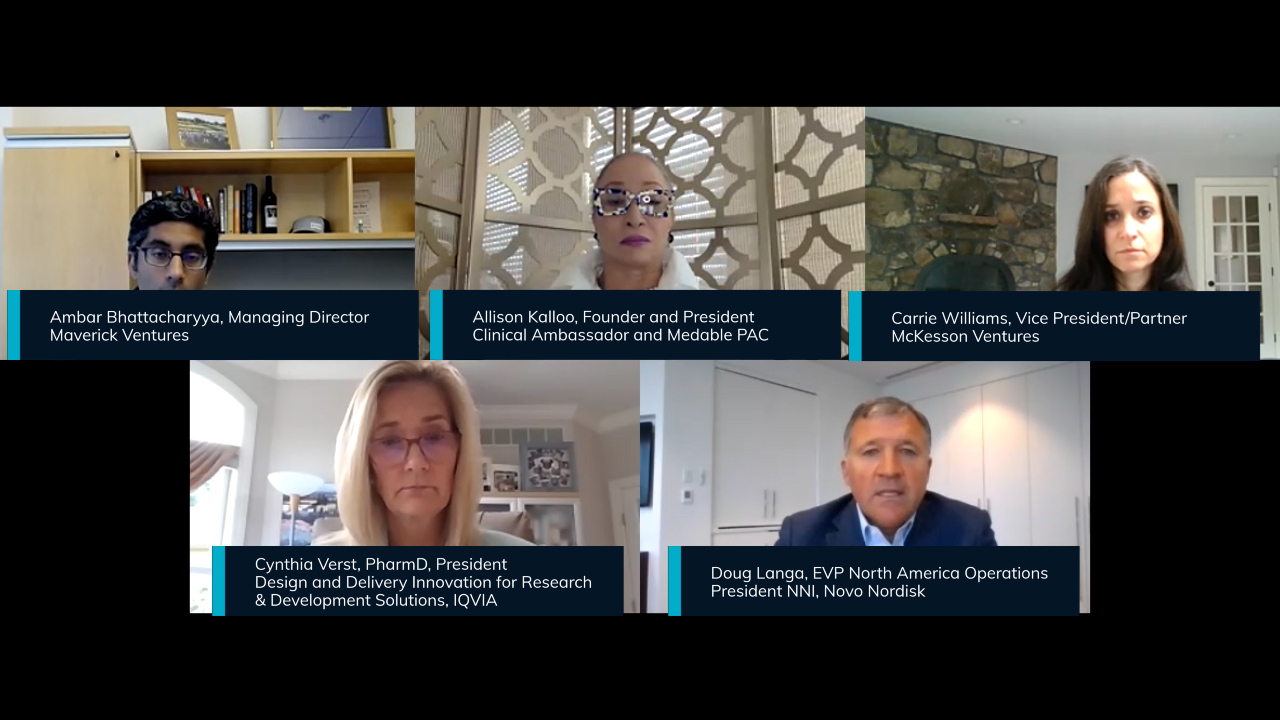
Progress and Gaps: Fixing the Barriers to Patient Access
With all the roadblocks providers are facing to better patient access, where do they start? Here are some ways to solve some of the biggest challenges hindering a streamlined workflow.

With all the roadblocks providers are facing to better patient access, where do they start? Here are some ways to solve some of the biggest challenges hindering a streamlined workflow.

Whether pursuing high-tech solutions, tapping into natural elements, or doubling down on smaller building sizes, the future of healthcare facilities design boils down to improving patient access and nurturing employee retention.

In a landscape where complexity has long been the norm, the power of one lies not just in unification, but in intelligence and automation.

When talking about increasing access, it’s essential to remember that there is a difference between making healthcare more accessible and simply increasing patients’ access to appointments, pointed out Lee Schwamm, chief digital health officer at Yale New Haven Health System. In this article, he explains three steps hospitals can take to actually boost accessibility.

During a keynote address at HIMSS, Hackensack Meridian Health CEO Robert Garrett outlined four priorities that should guide healthcare organizations' AI strategies. He said that healthcare leaders need to take care to ensure their AI efforts seek to address one if not all of these.

In a day of vast innovation, expansion, and acquisitions, an engineering mindset can bring a unique and effective approach to thinking across the system, evaluating the current and future state, standardizing on best practices, and considering upstream and downstream workflows.

Zocdoc recently struck a partnership with Elation Health to increase patients' access to care. Now, any provider who uses Elation’s primary care-specific EHR can integrate their calendar into Zocdoc’s platform — meaning that the millions of patients who search for care via Zocdoc each month will have access to these providers’ real-time appointment availability.

The DEA recently released proposed rules that would require an in-person visit before a patient can receive a telehealth prescription for a controlled substance. The DEA touts the change as a way to ensure patient safety, but several telehealth advocates argue it will greatly disrupt access for those who need the drugs — especially at a time when the mental health and substance use crisis is growing.

ChristianaCare, a health system with headquarters in Delaware, recently launched a direct-to-consumer virtual primary care practice. The new service, which operates on a subscription model, was rolled out to help increase access to round-the-clock, convenient primary care. It's currently offered in six states.

Translating complex medical knowledge, and making it available to patients in a simple and easy-to-use way, can make healthcare accessible to those that otherwise may have difficulty.

Healthcare consumers are increasingly turning to the internet to research their care options, and provider and payer websites are among their top choices for information, according to a new survey of 1,000 U.S. adults. Over half of the respondents said they would use a provider or payer website to search for a new doctor.

In an interview, Munich Re Specialty Senior Vice President Jim Craig talked about the risk that accompanies innovation and the important role that insurers play.

Starting in April, long-awaited interoperability regulations go into effect where patients will have unprecedented access to their data. Learn from patient advocates, health systems and others how the changes affect them.

Our panel discusses how pharma companies can ensure patients have access to life-saving drugs or those that significantly improve the quality of life as well as closing the gap with diversity in clinical trials.